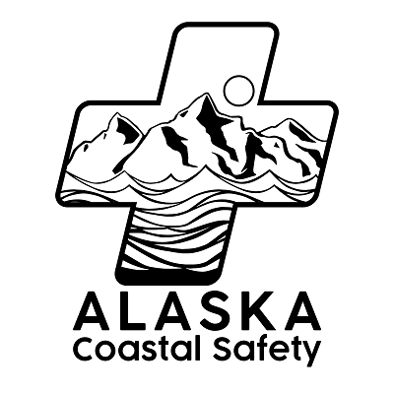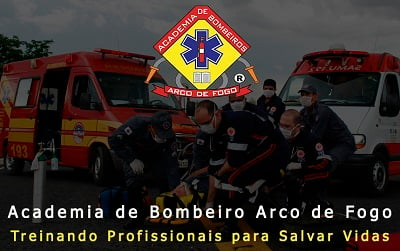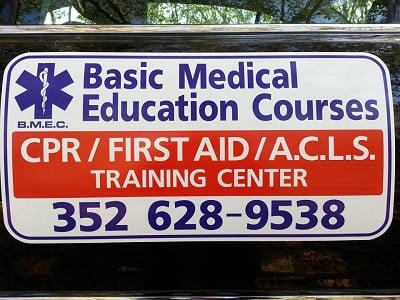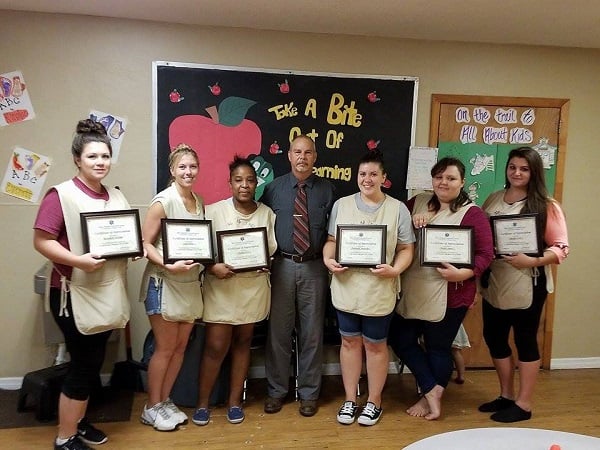 Training Center Profiles Training Center Profiles
Meet Your Peers
Discover what your peers are thinking about the emergency care industry, the challenges their TCs face, and the solutions they’ve found in their goal to make their workplaces and communities safer.
 TC Name: Alaska Coastal Safety, Girdwood, AK. www.alaskacoastalsafety.com TC Name: Alaska Coastal Safety, Girdwood, AK. www.alaskacoastalsafety.com
Director: Brian McGorry
How long have you been in business?
2 years, with 1.5 years as an ASHI, external for-profit TC
What is the biggest challenge for you and your business?
Our biggest challenge currently is marketing. With multiple course providers in adjacent towns, it has been interesting to establish a niche market to differentiate our program from the others available. We have chosen to focus on the outdoor recreation community while still meeting the needs of industry employers, healthcare providers, and community members.
What do you do to market your training business?
We currently use our website, Facebook, and local community boards and publications to reach our audience. We also focus heavily on developing partner organizations to host courses and market to their own audiences.
Based on what you know now, what advice would you have given yourself when you were starting out?
Get a website and social media presence up earlier. Take a hard look at your insurance cost to make sure you have a viable business that can cover its expenses and turn a profit.
What are your plans for your Training Center for the next 5-10 years?
Continue to focus on partnerships and contracts with organizations that will return each year for training.
Of your business or training investments that cost less than $500, what has given you the best return?
The ASHI Wilderness First Aid program
What strategies have proved to be a waste of time and money?
Blended learning, challenge courses, and reviews
Where do you go to stay current with the latest industry information and knowledge?
Instructor newsletters from ASHI, AHA, ARC, Wilderness Medical Society, National Ski Patrol, and local EMS support organizations
Can you share a favorite Good Samaritan story about your students?
Living in northern climate, I am constantly surprised by how many students have anecdotal lessons to share related to hypothermia. These real stories help to drive home [how often] cold injuries and hypothermia are experienced, prevented, and treated, even at the basic first aid level.
Image by Brian McGorry
 TC Name: Academia de Bombeiro Arco de Fogo, Guarulhos, São Paulo, Brazil www.arcodefogo.com.br TC Name: Academia de Bombeiro Arco de Fogo, Guarulhos, São Paulo, Brazil www.arcodefogo.com.br
Director: Edson Cavalcanti
How long have you been in business?
12 years, with 3 years as an external ASHI TC
What is the biggest challenge for you and your business?
Teaching with excellence and quality, and making the knowledge reach the largest number of people possible.
How do you market your business?
[A number of different ways] for clients and the public in general
Based on what you know now, what advice would you have given yourself when you were starting out?
Always study, and update frequently
What are your plans for your Training Center for the next 5-10 years?
Implement other ASHI certification courses
Of your business or training investments that cost less than $500, what has given you the best return?
Civil Professional Firefighter Training Course
Where do you go to stay current with the latest industry information and knowledge?
Through online sites and [other] studies
Can you share a favorite Good Samaritan story about your students?
Last March, we had a sudden cardiac arrest [incident] in front of our Training Center. Students immediately [used] the AED until the arrival of advanced support. [The rescue was a success.]
 TC Name: B.M.E.C Training Center, Lecanto, FL TC Name: B.M.E.C Training Center, Lecanto, FL
Director: Bill Whateley
How long have you been in business?
34 Years, with 18 Years as an external, for-profit ASHI TC
What is the biggest challenge for you and your business?
Colleges, hospitals, and the companies that affiliate with them only accepting AHA courses
How do you market your business?
Social media, word of mouth, and public [presentations] as I teach an average of 15 to 35 classes per month every year
Based on what you know now, what advice would you have given yourself when you were starting out?
The best advice I gave myself was to move over to ASHI.
What are your plans for your Training Center for the next 5-10 years?
Keep pushing forward, and trying to win the places the only accept AHA certifications
Of your business or training investments that cost less than $500, what has given you the best return?
Keeping my course cost low [while working to add more clients]
What strategies have proved to be a waste of time and money?
Paid web sites, paper advertisements
Where do you go to stay current with the latest industry information and knowledge?
State regulations; agency for healthcare administration; [EMS, Nursing, and Childcare Administration Boards]; HSI updates; AMA; ADA
Can you share a favorite Good Samaritan story about your students?
I have so many that I could write a book, but here are two: [A week after attending my class, a woman] and her husband were riding their motorcycle and were hit by another vehicle. She was thrown from the motorcycle, and when she finally got her orientation back, she [saw her] husband was still attached to the bike. She was injured but she went to him and noticed that [his leg] was bleeding badly. She rapidly applied pressure and used whatever she could find to stop the bleeding. [As she did, she saw] that his leg was broken as well. She used clothing, [nearby items, and tree branches] to secure his leg the best that she could.
When they finally received medical help and were taken to the hospital, the doctors told her that she not only saved his leg, she saved his life. When she told me this by email, she said that the only thing [she could hear] at that time was my voice teaching her what to do. I have seen her and her husband [twice] since then and they are doing well, and she thanked me for the training.
I also had four daycare workers attend to a child in their center that had a seizure and stopped breathing. They had him on his side [as he recovered from the seizure when he] stopped breathing. They placed the child on his back and started rescue breathing skills and got the child breathing [on his own] before ems arrived.

TC Name: Tracy Winsor Training Center, Winter Garden, FL.
Director: Tracy Winsor
How long have you been an ASHI/MEDIC First Aid Training Center?
5-10 years as a MEDIC First Aid, internal TC
Based on what you know now, what advice would you have given yourself when you were starting out?
Make sure you are familiar with the resources available to you.
Does your organization offer refresher training? If so, what strategies have worked to encourage employees to participate?
]The] ability to do the refresher partially online at their pace.
Where do you go to stay current with the latest industry information and knowledge?
MEDIC First Aid dashboard and newsletters
What is the biggest training challenge at your company?
Coordinating training across multiple locations
What is the most difficult part of managing an internal Training Center?
Employee scheduling
We want to hear from you!
Share your wisdom with your TC peers by completing one of our 15-minute profile surveys.
If your TC provides training for individuals or organizations for a fee, click the "External TC" button. For those TCs that offer training for employees/members at no charge, choose "Internal TC."
 
|